Robots modelled after dung beetles leverage nature’s ingenuity with efficient, space-saving object-rolling mechanics.
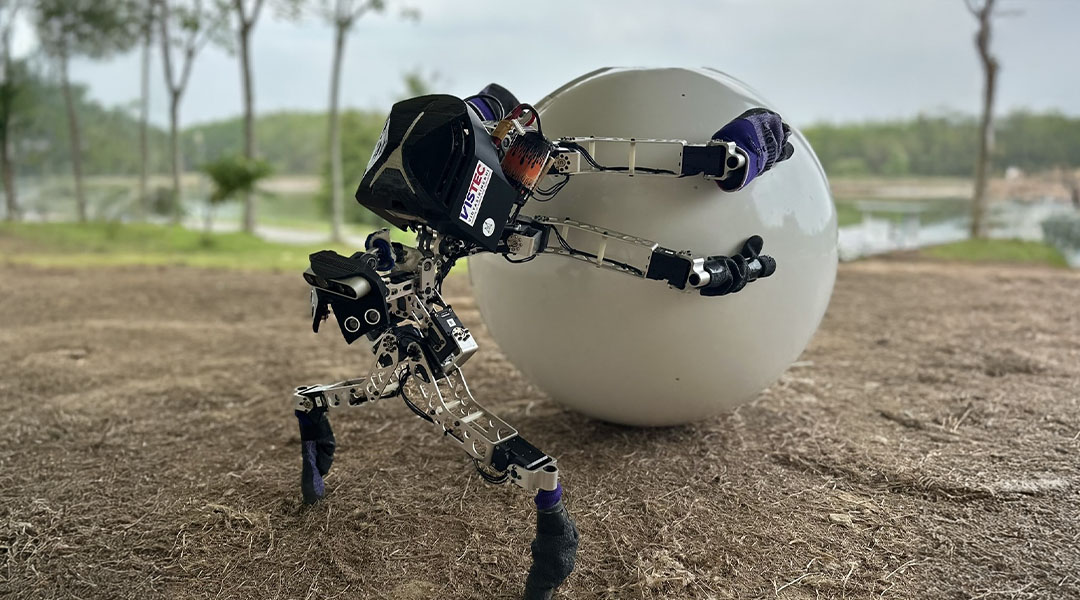

Robots modelled after dung beetles leverage nature’s ingenuity with efficient, space-saving object-rolling mechanics.

In the future, small electronics could be powered by fallen leaves, shed fur, and other waste materials found in nature.
https://www.youtube.com/watch?v=Q6OesBgrbgE Researchers are exploring a new approach to cancer treatment by transforming tumor cells into a more rigid, fibrotic state, which may help to slow cancer’s growth. Traditionally, fibrosis — a process that thickens tissue —...
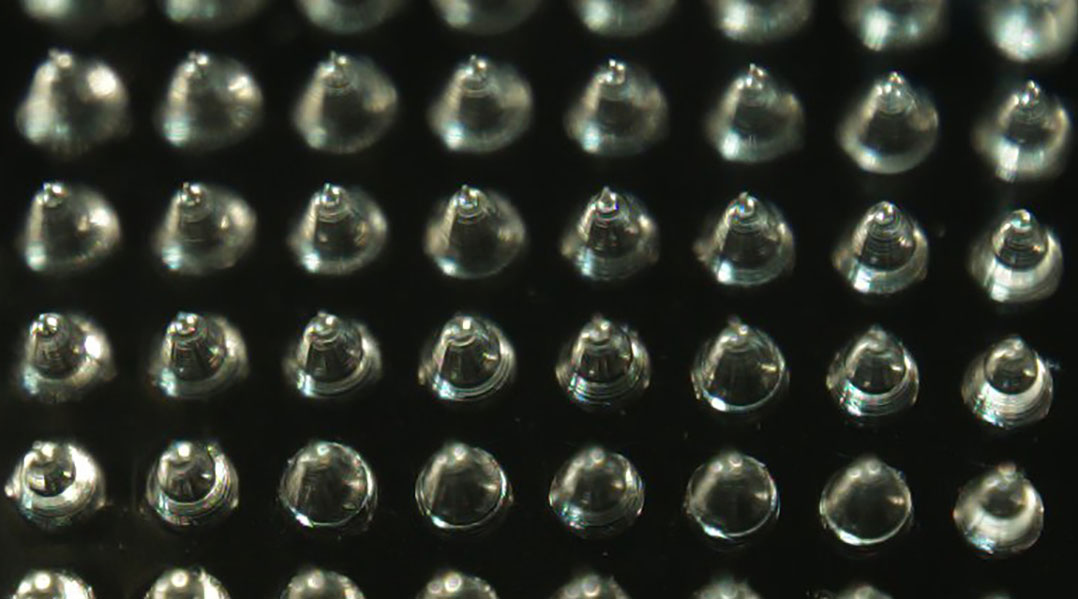
Microneedles allow scientists to precisely control the delivery of drugs to chronic wound sites and restore natural healing processes.
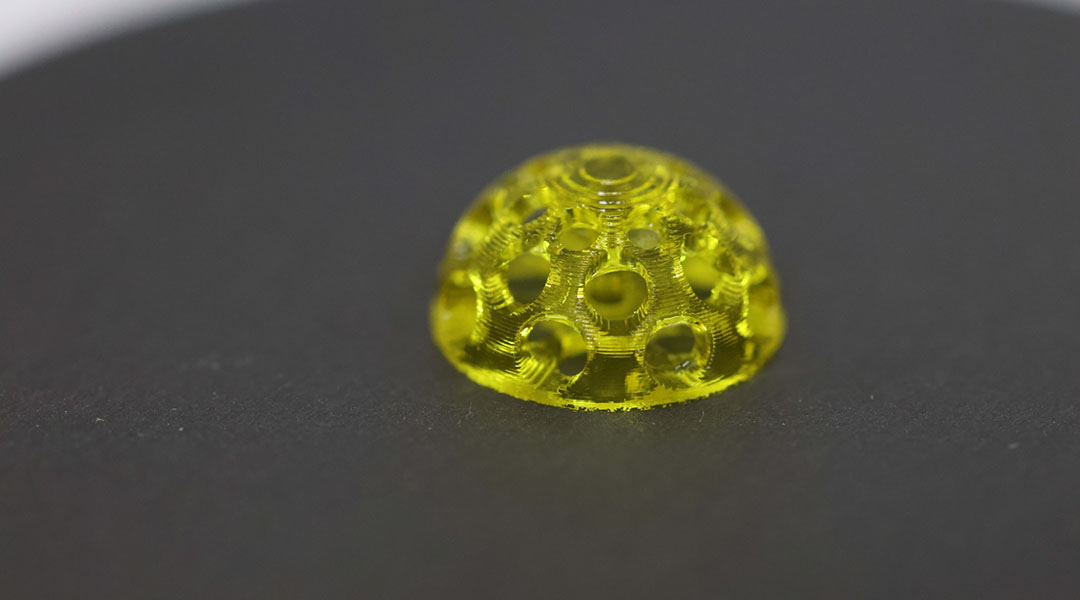
The customizable implant releases an anticancer drug in the presence of new tumors that might go undetected by MRI.
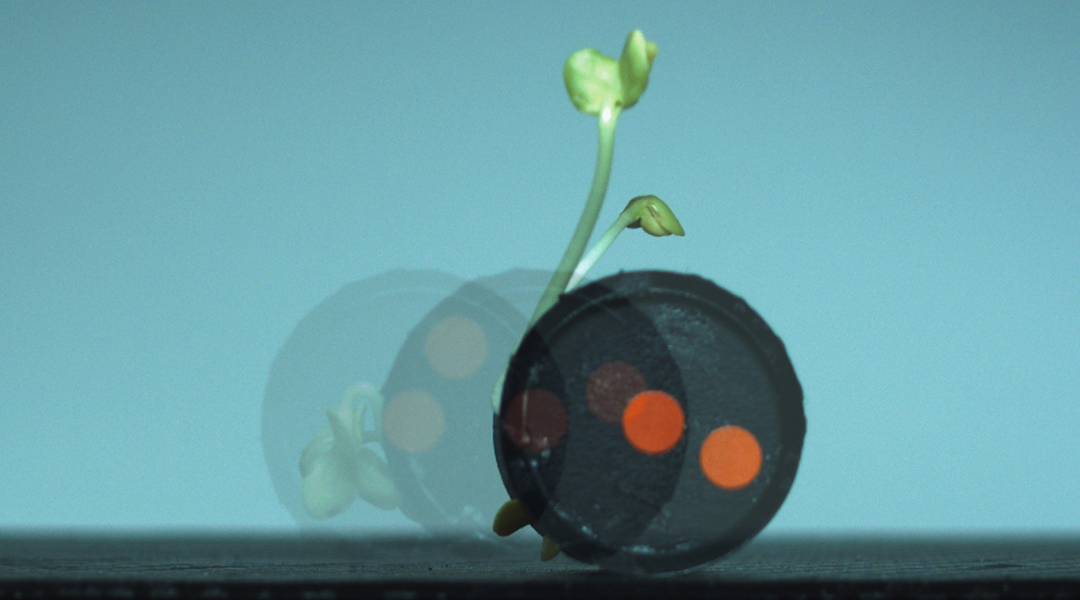
Radish sprouts power a new wave of eco-friendly robots that move, grow, and could even be eaten after their work is done.
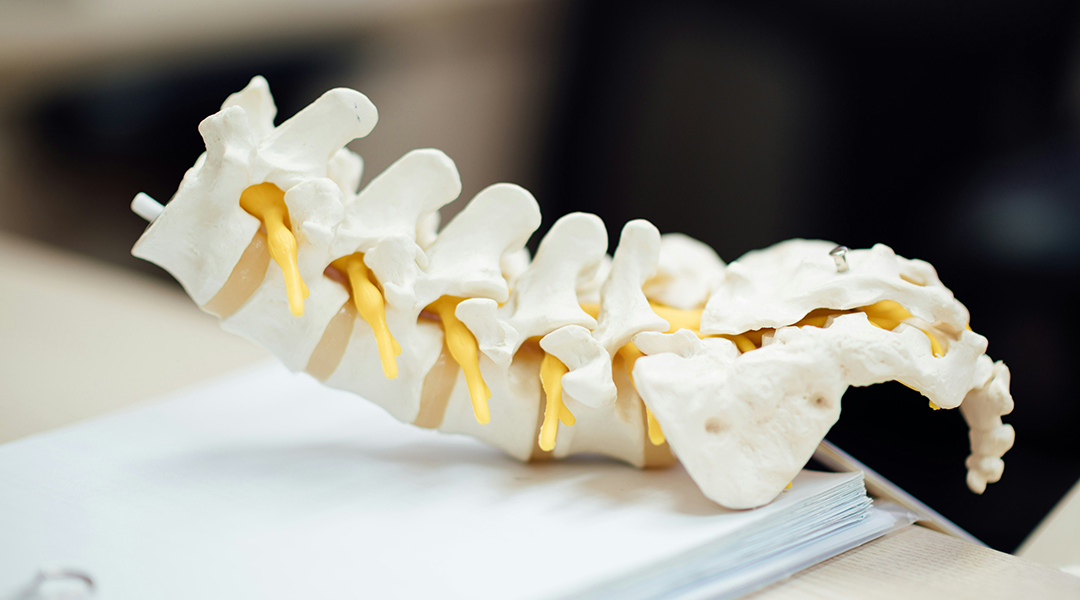
A new biomaterial shows unprecedented success at eliminating bacteria that cause bone infections and promote the regrowth of injured bones.
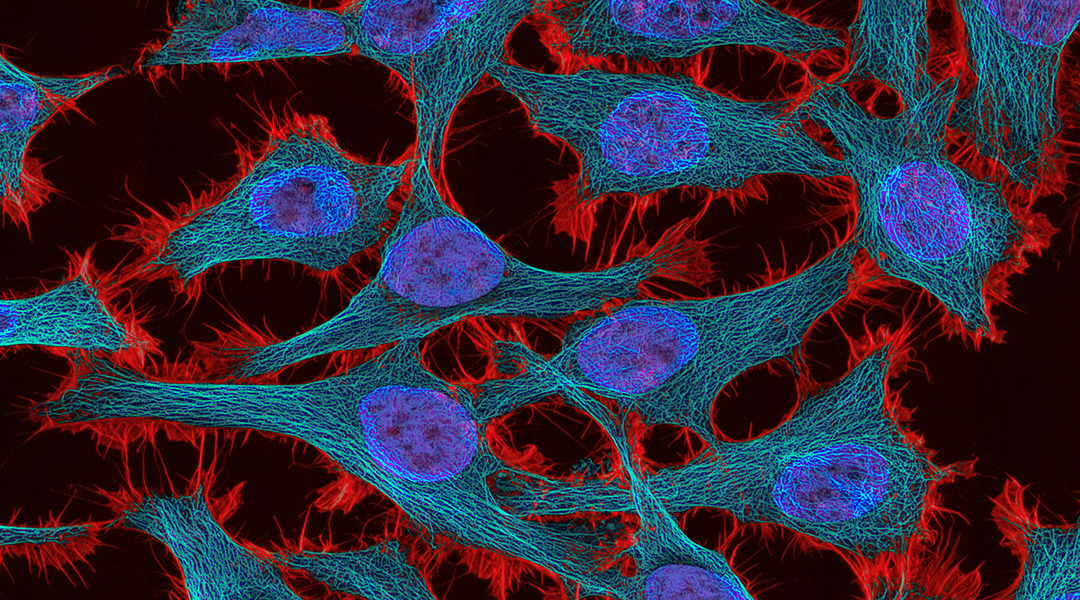
New findings shed light on how cervical cancer spreads to the lymph nodes, opening the door for treatments that could stop the process.

Scientists have discovered that human and dog brain waves synchronize during social interactions, offering new insights into our unique bond.
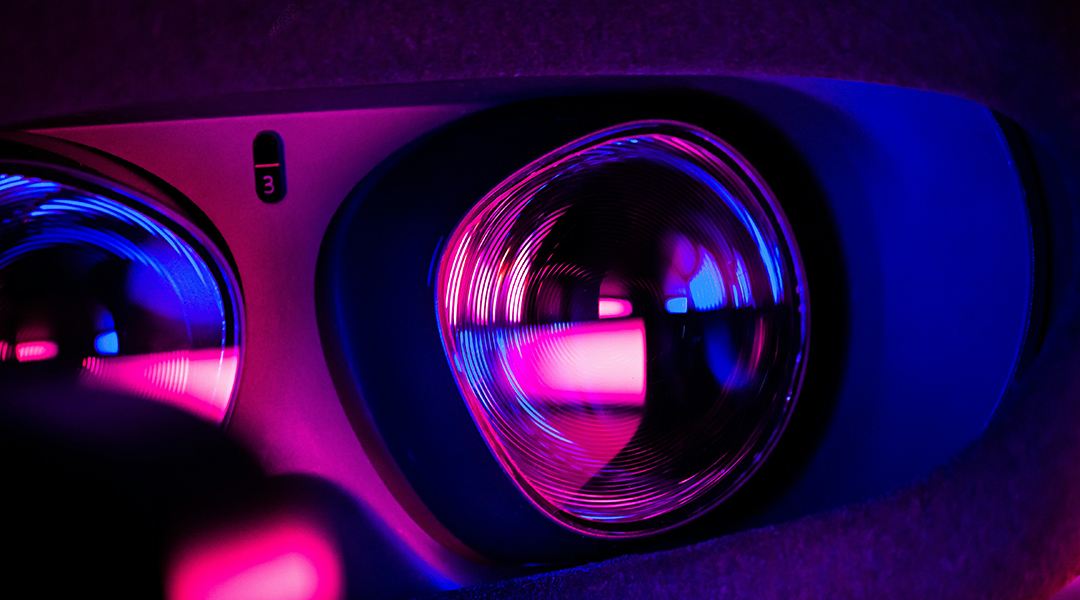
A better way to fabricate metasurfaces allows scientists to create contact lenses capable of projecting 3D holographic images.